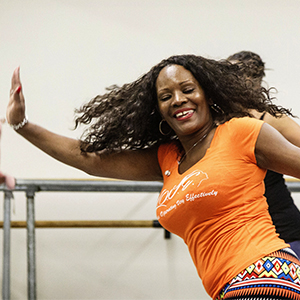A guide to the internet

Life right now is almost totally online. We made this guide to show you how the web can help you through this difficult time.
Are you looking for:
This page will continue to be updated, but we need to hear from you. What are we missing?

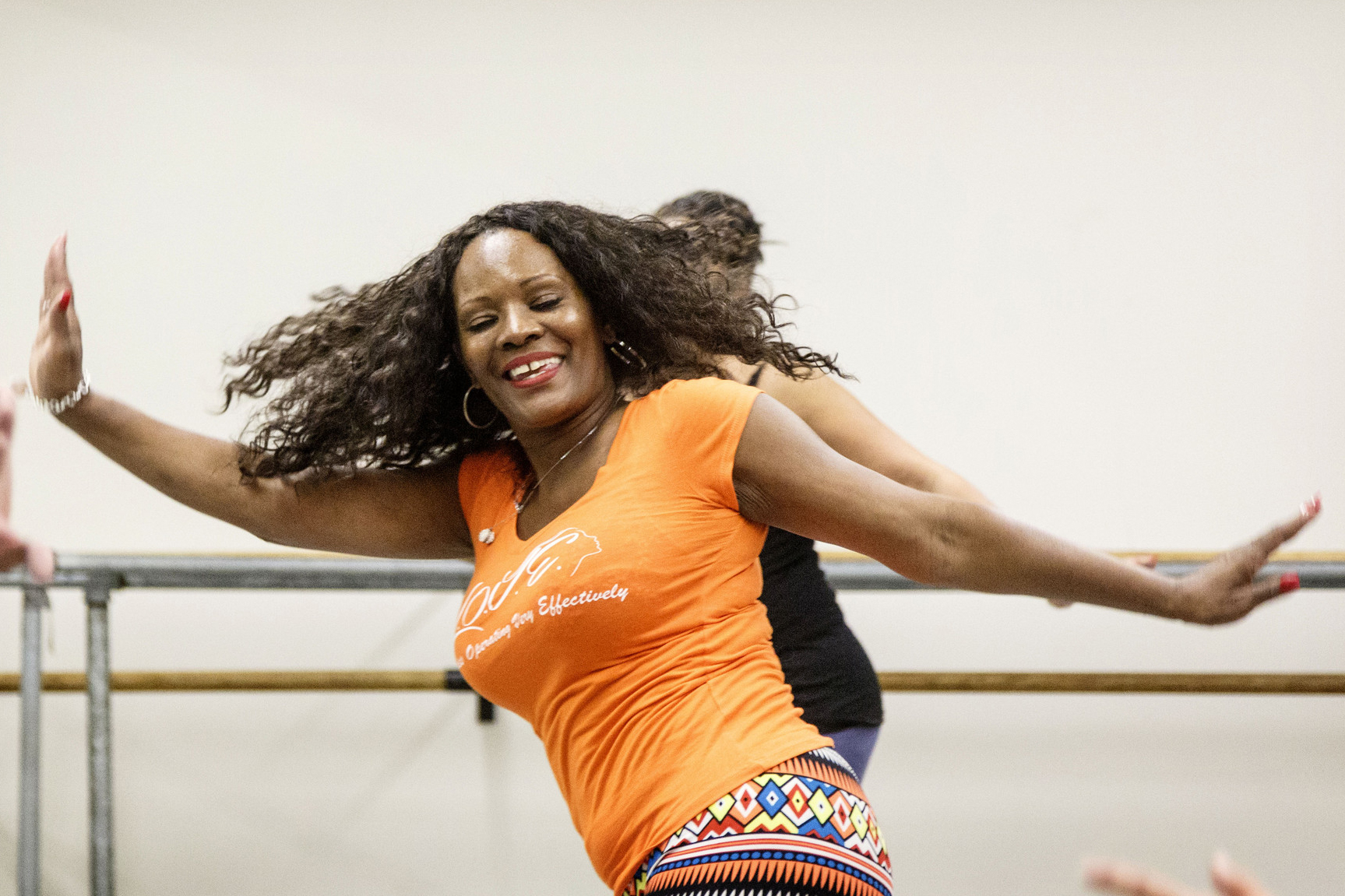
self-care
There’s a lot we used to do out there that we can do inside. Sure, life via the web will never feel like it does IRL, but there are plenty of ways to be active, healthy and connected to the Earth from your desk or — no shame — your bed.
working out
It’s totally possible to work on your physical fitness while stuck inside. California Gov. Gavin Newsom’s stay-at-home order says it’s fine to go running or biking in your neighborhood, but if you can’t go out, there are plenty of ways to stay moving at home.
A good starting place: Former Gov. Arnold Schwarzenegger has posted his famous home workout program online for free. But if you were already paying to work out somewhere, look to its website and social media accounts. Vendors from ClassPass to small local gyms are now offering versions of their classes through social media or their own platforms.
We’ve also compiled the best online dance and movement classes, many of them free.
mental health
Something else on your mind? Pay close attention to what’s going on upstairs. For some, it’s crucial to cultivate good mental health and mindfulness whether crisis looms or not. If you’ve never practiced breathing or meditation before, now’s a great time to dive in: Here’s a list of practical tips and online tools that can help with the anxiety of the moment.
UCLA’s Mindful Awareness Research Center has free exercises uploaded. Try a five-minute breathing meditation.
The L.A. County Department of Mental Health has partnered with Headspace to offer some meditations and sleep and movement exercises for free through 2020, curated with Angelenos in mind.
eating
We miss eating out. L.A.’s insanely vibrant restaurant and street food scene is simply the jam — please support those businesses if you can. You can still order delivery and takeout through many restaurants directly or through any of the popular apps, but please respect delivery people and cooks: Keep your distance when picking up food and tip well.
We’re going to guess you’re cooking a lot. Our food department has lovingly revamped the Los Angeles Times Cooking recipe database, and it’s an incredible resource whether you need something to center you, distract you or… whatever this decadent Dalgona tiramisu wants to do to you.
If you’re new to the game, learn some basics from our new series How to Boil Water. Every weekday, our friends in Food will share a fundamental cooking technique and an easy way to use it through a story and accompanying recipe. You can catch them on Instagram Live at 6 p.m. PDT the same day if you have any questions.
And remember: Use that freezer.
beauty
Just because we’re stuck at home doesn’t mean we can’t look our best.
Feel like it’s time for a hair touch-up? These tips to trim and color your hair will help you manage until you can get back to the salon. If you’re longing for more drastic change and have the proper tools on hand, learn how to cut your own hair from articles, videos or celebrity hair stylist Brad Mondo. And if it doesn’t go as planned, cheer yourself up by knowing you’re in good company.
Now that all of California’s nail salons are temporarily closed, you may find your nails in need of a little love. Learn how to remove your old manicure and take care of nails at home using these tips from a celebrity manicurist. Then, find a fancy new nail look you can do yourself.
If you’re more interested in skin care, there are plenty of tutorials that show you how to make face masks and scrubs with ingredients you might have at home. Generously apply a freshly-made mask and try practicing some deep breathing as you let the ingredients work their magic.
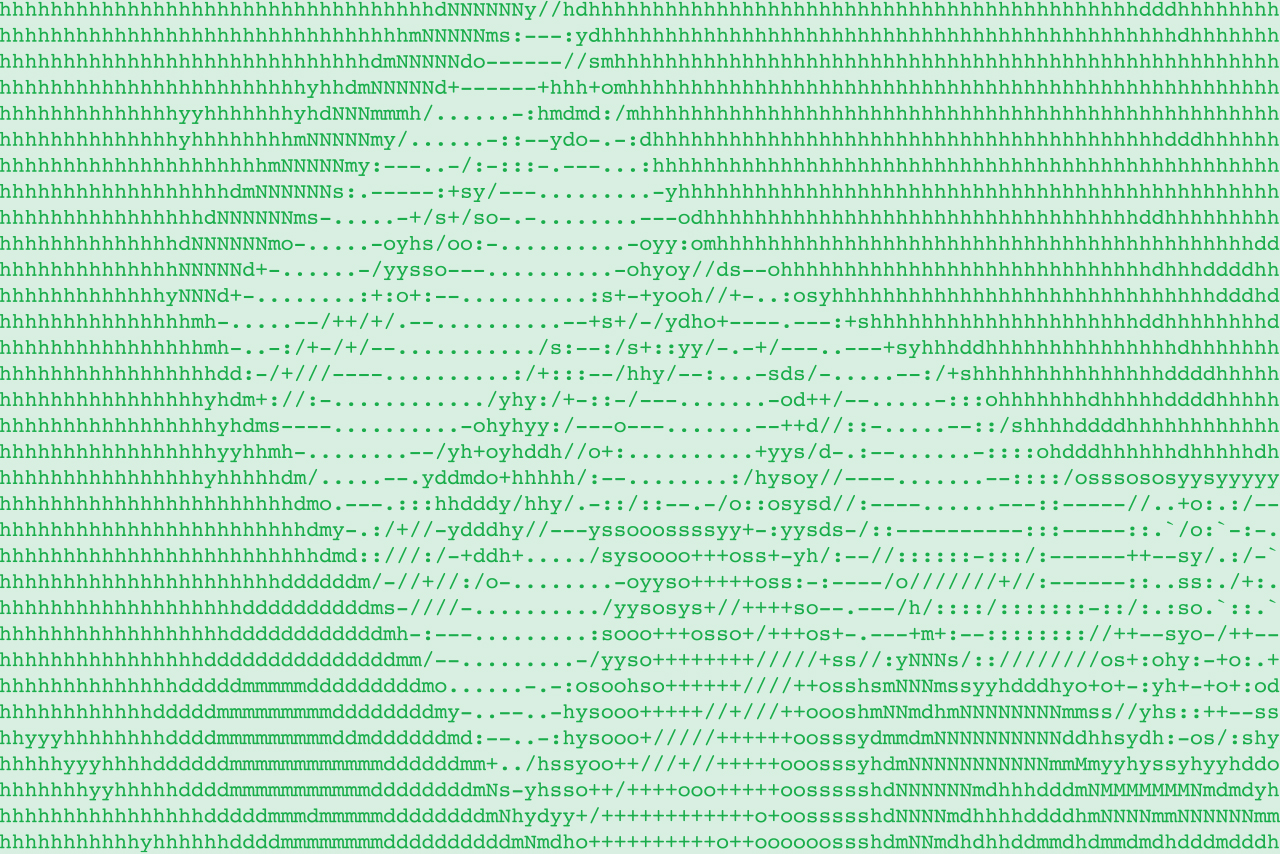

learning opportunities
Take this time to learn something new. There’s an enormous amount of information out there. Here are a few of our favorite places (and tidbits!) to learn that you might not have come across.
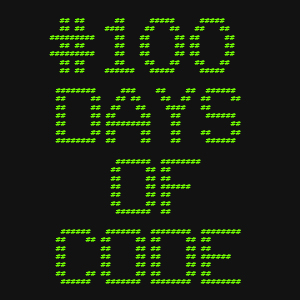
Challenge yourself to #100DaysOfCode

Finally learn to draw from awesome artists

Go down a Wikipedia rabbit hole!
skills and knowledge
We’ve put together 50 (!) skills you can learn for free from home. If none of those strike your fancy, pick up a language, learn to paint with your friends (or kids) or take on the #100DaysOfCode challenge. There are tons of free sites for those who want to learn.
Drawing is an accessible and cheap thing to practice while isolated. Wendy McNaughton and Mo Willems are excellent teachers if you and your family (or housemates) want to get into it together.
The best information online often comes from communities, places where people with different levels and spheres of knowledge get together to share it without gatekeepers (other than mods). Subreddits — forums dedicated to particular subjects on Reddit — can be a fantastic way to hear what likeminded people are talking about, and to ask questions yourself. Check out r /SkincareAddiction “for anything and everything having to deal with skin” (fair warning: a variety of dermatological troubleshooting goes on in there).
Finally, the Internet Archive has opened the National Emergency Library, a collection of almost 1.5 million digitized publications that will be available to the public through the duration of the declared national emergency. Though that hasn’t happened without controversy .
the Wikipedia rabbit hole library
There’s nothing quite like losing yourself in a whirlpool of Wikipedia links. The free encyclopedia has an entry for just about everything, and we’re putting together a compendium of our favorite places to get lost.
Here are a few selections to get you started, but send us yours!
And yes, rabbit holes have been gamified.
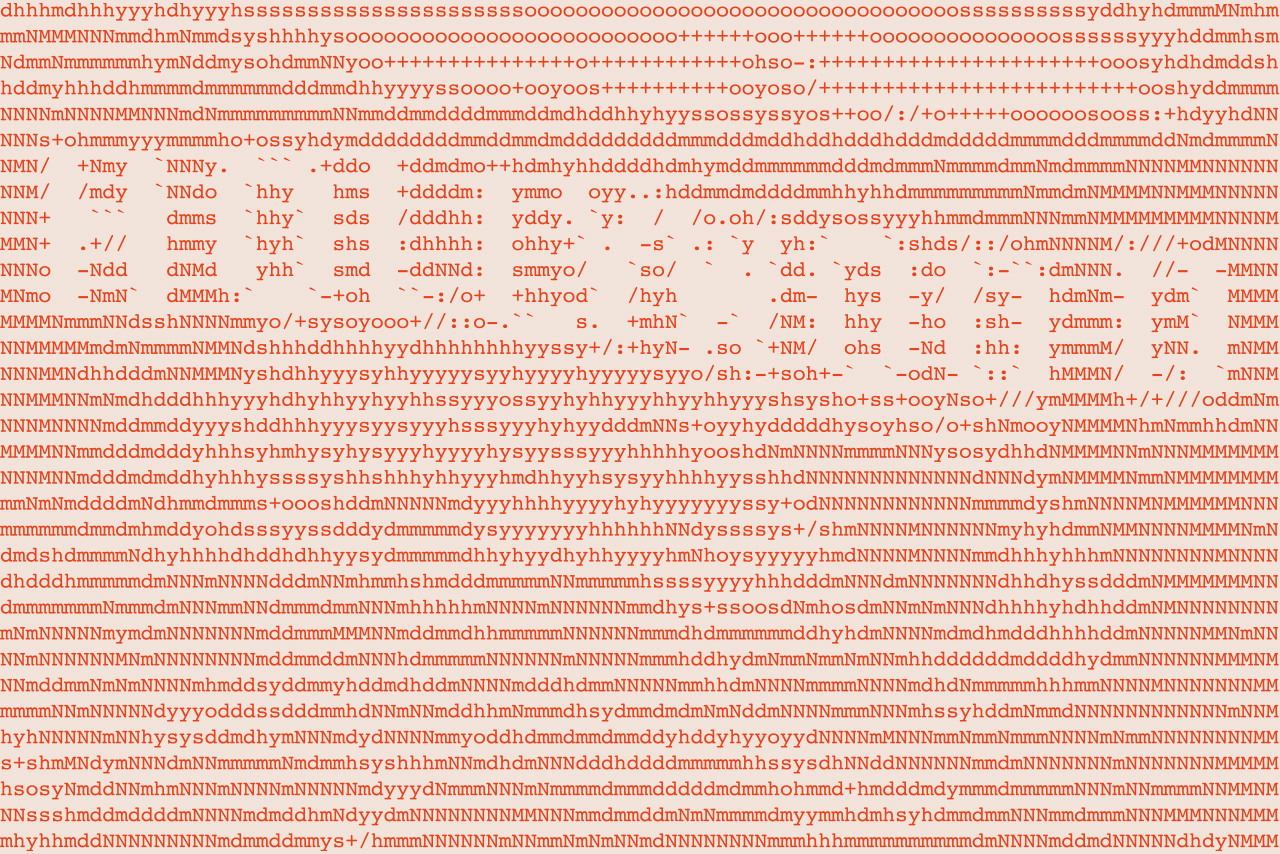

entertainment
Sitting at home all day isn’t easy, whether you’re working or not. But the internet was a portal to some of the best media out there before this pandemic. We’ve endeavored to guide you to some of our favorite stuff across the mediascape. Revel in distraction every now and then.

Stream tv and movies for free from home

Listen to one of our excellent podcasts

Try a heart-warming social game
tv / movies
There’s more television to watch than ever before — and, for many cooped up inside during the coronavirus outbreak, more time to watch it. If you’re in the mood to binge, we polled 51 TV experts about the one TV show they recommend for self-quarantine. If you’re on a budget, use our guide to free streaming offers to stretch your entertainment dollars. And if you need to keep your kids occupied (and yourself sane), we can help with that too. Still not enough? Every Monday, the Times' TV team shares what shows we can’t get enough of this week. Plus, there’s always the newly released reunion episode of “Parks and Recreation.”
games
We’ve got a guide to simple , social games to get you through. For something unusual, try some of Jonathan Blow’s unorthodox games like Braid (a brain-bending meta comment on games themselves) or The Witness (puzzles, but really though).
Perhaps unsurprisingly, a lot of the games we’re playing right now have a very offline and even pastoral vibe . But for old-school nerds, the Internet Archive has released the Internet Arcade, where you can emulate 1970s coin-op classics.
audio
Follow your favorite artists everywhere. We’re seeing live music on Twitch, TikTok, Instagram … just about anywhere you can set up a stream. The Metropolitan Opera is streaming opera for free nightly. Swae Lee “brought a fan onstage” on Instagram Live. No matter your tastes, you’ll be able to find great music.
If you need something to listen to on runs or walks around the neighborhood, get into one of our podcasts . We just released “Asian Enough,” about what it’s like to be Asian American.
the great outdoors
If you’re walking around your neighborhood (or more likely sticking your head out the window), apps like iNaturalist can connect you to other people cataloging the world around them and help you identify things you see in the wild (which for now should only be the few blocks around your house, please). For those with specifically avian tastes, now’s as good a time as any to learn some bird calls. But don’t use an app with bird-call sounds to lure them to you. Hearing synthetic calls can confuse and exhaust real birds.
Armchair naturalists will not be disappointed, either. Copious live webcams plug you into both close and distant ecosystems, whether you want to see mountain lions that roam the Angeles National Forest or eagles that live at Dollywood. For us Californians, it’s wildflower season in parts of the state. It might hurt to see digitally, but you can still check out the incredible Antelope Valley California Poppy Reserve bloom online.
Consider closing your eyes and getting away from the screen for a while. Some Angelenos will already know the sound of howling coyotes well, but here’s a high -grade recording at (the currently closed) Yellowstone National Park. Listen to more sounds from several national parks over at the National Park Service’s delightfully named Natural Sounds and Night Skies Division.
If you’ve got a yard, or even a planter, get started gardening! Our Plants section has the answers to the most common indoor and outdoor plant questions.
Once night rolls around, learn how to enjoy the night sky from your backyard (or balcony) with these astronomy tips. This basic introduction to the sky will make it easier for you to spot the planet and stars above you.
sports
The much-anticipated launch of ESPN’s and Netflix’s five-week, 10-episode Michael Jordan docu-series merits this mixed metaphor: It will be the Super Bowl of the sports shutdown. Film and interviews harvested more than two decades ago will finally see the light of day this Sunday night. The wait was worth it, writes Times TV editor Matt Brennan.
For the last two decades, The Times' in-house Hall of Famer, Sam Farmer, has taken arguably the most overcooked concept in sports media, the mock draft, and turned it into something truly different. Rather than one or two reporters representing all 32 teams, the common approach for a mock draft, Sam has assembled 32 beat writers, one for each team, to give the concept a level of expertise and authenticity that exists nowhere else. And this year, for the first time, The Times will stream “The All 32,” offering a decent facsimile of the actual draft, which began on April 23.

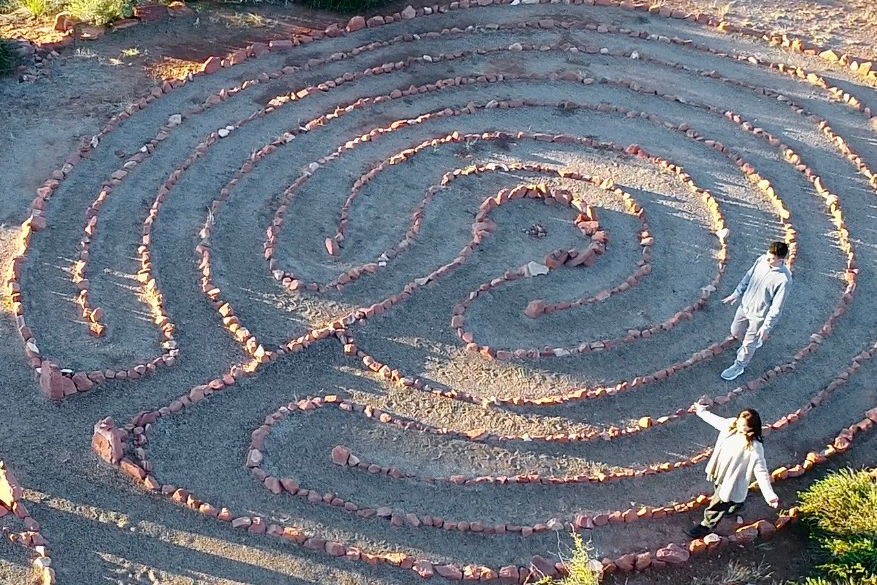
internetland
We consider the internet a spectacle, a medium and a venue, all at once. It’s the freakiest thing in the world, impossible to summarize or caricature but easy to love or hate. More simply, it means different things to different people. We asked around the newsroom and plumbed our own bookmarks for some fantastic surfing.

Watch a man silently build things outdoors
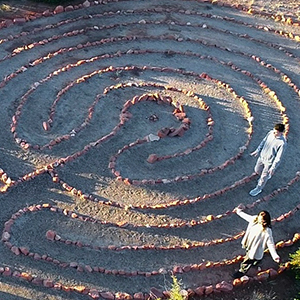
Find a labyrinth near you (but for later)

Laugh at influencers in the wild
Start by watching something that has likely never been seen by anyone else—except the person who uploaded it. Astronaut .io plays a YouTube video whose makers never changed the default name, and which often have zero views. Forget the tastemakers for a minute: there’s a wide, wide world out there, unedited and unfiltered.
For more good (mostly) clean weirdness, we were delighted to find UbuWeb, a classic clearinghouse for everything avant-garde about art, is still online. From video to visual poetry to electronic music, there’s a lot to look through, so click or tap freely and don’t think too hard.
Did you know there are labyrinths all around us, all over the world? Find one to visit when health experts say we can travel freely, on the Worldwide Labyrinth Locator.
An anonymous contributor from our newsroom “check[s] the weather in Oymyakon, the coldest continuously inhabited place on earth.”
Confuse the algorithms with some glitchy text.
Where ’d the Internet come from, anyway? (Good for kids, too!)
It takes an astounding quantity of material and energy to build and run all this stuff we’ve made to stay connected, from platforms to devices to software. For a heady analysis of what that means for the world order, look no further than Benjamin Bratton’s essay The Black Stack.
Try to IPO your way out of the dystopian start-up simulator The Founder.
Want to combine the internet with the analog? Here’s an aside recommended by our data and graphics editor, Ben Welsh:
Cooped up, spying out, watching for the worst, the apartment dweller of today is cast in a role not unlike the fire lookout, who perches in a far-flung mountain cabin, paranoid eyes trained on arid hills.
As software continues its leisurely lunch, devouring more and more of our economy, the guard against wildfires has also been assimilated by the internet.
Scientists working with a program called ALERTWildfire have mounted webcams on ridges across the West. Their network offers high-elevation views from Southern California up to the Canadian border, where a camera at the Aeneas Lookout surveys the nation's northern ranges.
It sits not far from Desolation Peak, where Jack Kerouac once served as a lookout. The beat author wrote about the experience in numerous works, perhaps best in “The Dharma Bums,” his book about, among other things, mountaineering, Buddhism and the power of quiet contemplation.
My advice for those lost and lurking in internetland: Accept the things you cannot change. Open up the view from Aeneas Lookout. Sit down. Finally get around to reading “The Dharma Bums.” Contemplate.
Have another weird experience in mind? Tell us about it!
Selling paper clips sounds boring, but stick with it through this simple game. You can learn a lot about business through this lo-fi, super-clicky distillation of capitalism.
One of the most fabulous properties of code is that it allows us to perform tasks automatically, over and over. It would be hard to find a better venue for this to play out than Twitter, where people rig bots to do all sorts of things. There’s a galaxy of them out there. Start by reading text generated in the style of magical realism, taking a daily quiz, or looking at a different opossum every hour.
Know a bit of development and want to make your own weird stuff? Here’s an open source list of tools started by artist and developer Everest Pipkin.
These people are dating through this, y’all! (No touching.)
Primitive Technology is a hypnotic, wordless series of videos filmed by a man in the woods in Australia making things — from a fired pot to a tiled hut — by hand, with no modern tools. You will watch them all. (Pro tip: descriptions of his process are in the subtitles, but you’ll lose the spirituality of it all.)
A final tasty byte for you: Crows are very, very smart. Influencers … maybe not so much.


ways to be helpful
At the heart of this guide is the idea that, though isolated, we are not alone. Organizations around the world have embraced the altruistic possibilities of the internet since its inception. We’ve collected a number of the easiest and most effective ways you can help others from your device.

Track animals to help conservationists

Loan some computing power to science

Transcribe anti-slavery documents
transcription
The Library of Congress launched the By the People project in 2018, which allows you to help them transcribe, review, and tag digitized materials from their collection. You—yes, you—can dramatically deepen the historical record, helping to catalog documents by suffragettes , the poet Walt Whitman, and the nurse and Red Cross founder Clara Barton, among others.
The Boston Public Library needs assistance transcribing the manuscripts of anti-slavery activists from the 19th century.
The Newberry, an independent research library in Chicago, could use your help transcribing several collections, like the manuscripts in American Indian History: Letters & Diaries or Family Life in the Midwest.
Project Gutenberg, whose founder claims to have invented the eBook, provides free eBooks and other media to people without Internet access. Though not purely transcription projects, there are many ways you can help.
distributed computing
Almost everything a computer does requires processing. And though computers are faster than they’ve ever been, there are still massive data sets out there that individual systems can’t possibly crunch.
You can donate portions of your computer’s processing power to organizations doing important work, even with zero technical skill and only a few minutes of installation. These programs often work in the background by running an application that uses a small portion of your computer’s brain when you’re not. A ton of people doing this at once means that the crunchers can crunch way more data than they might be able to on their own. Here’s a list of distributed computing projects you can participate in.
Folding @home is a good one: it uses distributed computing to focus on biology, and one of their main efforts right now is studying COVID-19.
citizen science
Citizen science projects connect you to people studying our world in the hopes of making it better, and they can be incredibly fun. Start by tracking giraffes and other wildlife to help conservationists in northern Kenya, finding kelp forests from space, or editing and verifying built structures for the USGS’ National Map.
| ̄ ̄ ̄ ̄ ̄ ̄ ̄ ̄ ̄| | PLEASE | | SUPPORT | | (if you can!) | |_________| (\__/) || (•ㅅ•) || / づ
Thinking of trying one of the suggestions on this page? If you found this story helpful, please consider subscribing (that's one more thing you can do online ☺). .:*・°☆ Get full access to our journalism for just 99 cents for the first four weeks. Already a subscriber? Your support makes our work possible. Thank you.

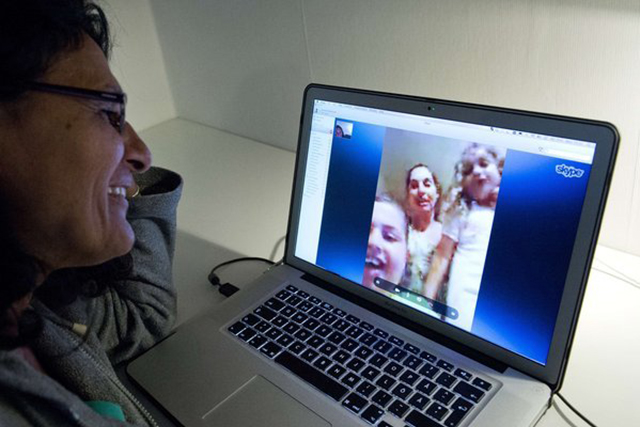
ways to keep in touch
No one is pretending that seeing your family and friends exclusively through a screen compares to the real thing. But it’s something.
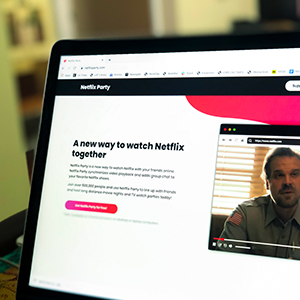
Watch Netflix with friends easily
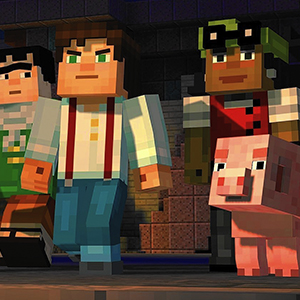
Create whole worlds in Minecraft
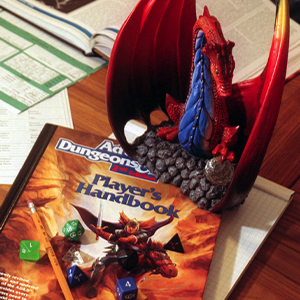
Finally dive into Dungeons & Dragons
staying connected
There are so many ways to engage online that we broke down the best ways to keep in touch while we’re socially isolated. If you’re looking for something to do while hanging out, try the Netflix Party extension, which will let you synchronize viewing with friends and chat at the same time, or a carefully-timed countdown to hitting play. You might be tired of watching things, though. To get the most out of quality time with your people, read about how to have Zoom parties that are actually fun.
For the security-minded, download Signal , an encrypted calling and messaging app. And to keep in touch with us, tell us what you know over at our tip line. (Please only use this for important stories you think we should cover! To recommend additions to our guide, use the form on this page.)
social gaming
For a more interactive hang, it’s not too late to start gaming your way through this thing. Grab some friends and construct jaw-dropping worlds in Minecraft , or defeat enemies in League of Legends. Or if you’re looking for something more heart-warming, Times game critic Todd Marten has 5 social games that can restore your faith in humanity.
You can also try out your roleplaying skills with Dungeons & Dragons, a collaborative storytelling game where you can go on countless adventures with your friends. One player becomes the world-maker and the other characters decide where to take the story. Check out D&D’s advice for starting remote D&D play.
working from home
If you’re lucky and can work from home, do. Though some don’t have the luxury, making sure the rest of us stay distant from people outside our households (for as long as public health experts deem it necessary) is crucial to stopping the virus’ spread.
There’s no substitute for face-to-face gossip with your co-workers, but working from home has some benefits: you can get up later; stop dressing up; make your home a comfortable place to work. Times editor Jessica Roy loves working from home and explained how to do it right.
A few tips from the Data and Graphics Desk: 1) Mute yourself on calls when you’re not talking to eliminate audio feedback and interference (in Zoom: ⌘Cmd+Shift+A on a Mac, Alt+A on a PC; in Slack: m on any OS). 2) The pencil icon at the bottom of a screen share window in Slack allows you to draw on the screen, and what you draw is visible to everyone, making collaboration a thousand times easier. 3) Try an app that reminds you to take breaks. It can be hard to know when you’re off when your home is your office. Apps like BreakTimer can help remind you to give your eyes and wrists a break (or whatever you’d like a reminder for).
Even virtually, pop in every now and then: nothing wrong with a pop-in! If you’re staying in touch via Zoom, consider hopping on the background bandwagon and cracking up your co-workers during meetings. But regardless, stay in contact with your co-workers and check in often. It helps.
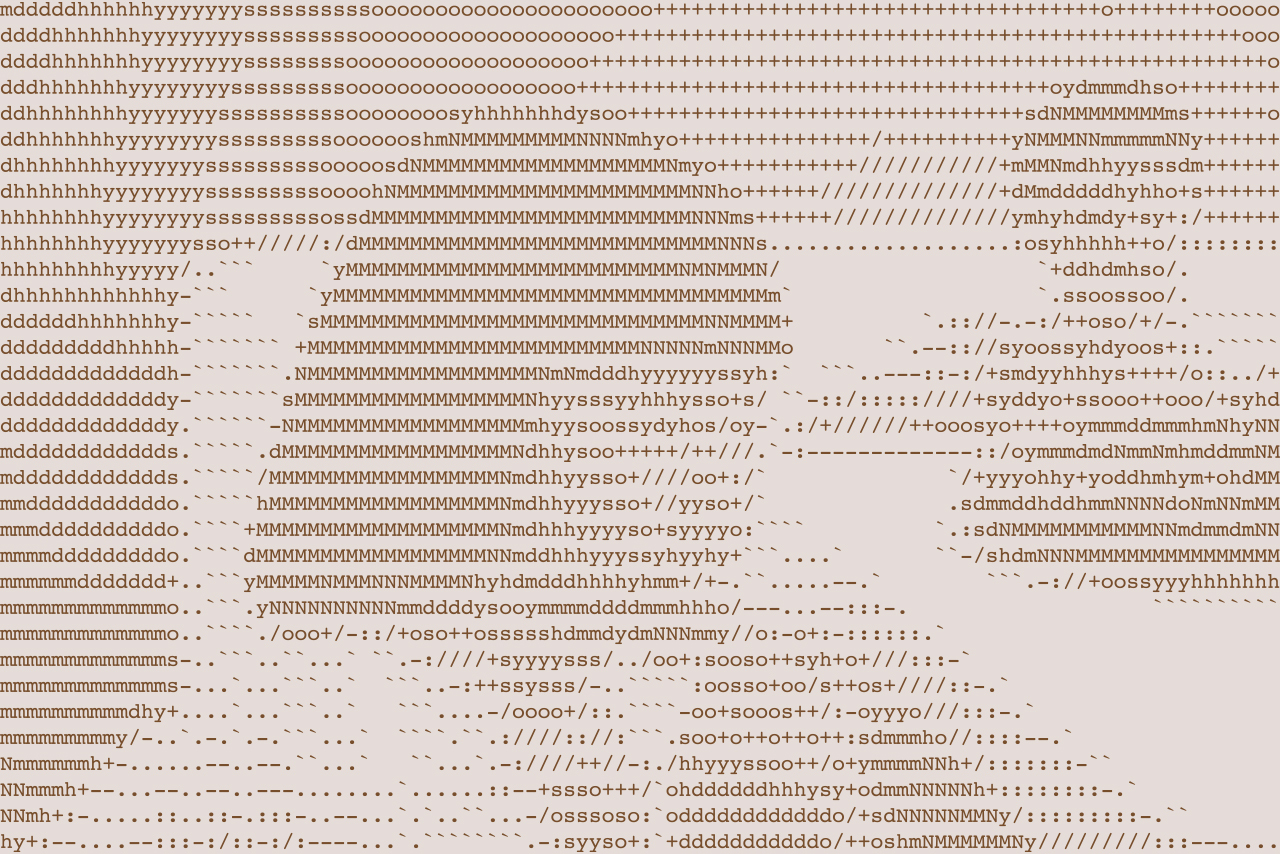

resources for parents
With stay-at-home orders in place, it’s up to parents to entertain kids and help them keep up with schoolwork. Thankfully, there are plenty of resources online: homeschooling hacks, arts and crafts, and activities that can entertain children or the whole family. Got more tips? Let us know.
homeschooling
Schools are expected to stay closed for the rest of the year, leaving parents to homeschool their kids. If this is you, check out these homeschooling hacks and learn how other parents started homeschooling. A flexible schedule could also help keep you and your family more organized and sane.
arts and crafts
Let your creativity (and maybe a little glitter?) shine with some arts and crafts.
If you have a spare bit of pavement in front of your house, then break out the sidewalk chalk and get to drawing! Doodling is awesome, but there are also lots of sidewalk chalk games that you can check out. Bonus: your drawing is sure to cheer up any person who walks by it.
Grab some paper and pencils and get to doodling during lunchtime doodles with Mo Willems.
Make some finger puppets and put on a puppet show for the family!
Discover new uses for old things with Recycle and Play, a site for recycled crafts and activities
reading corner
Now is the perfect time to journey to far-off lands and wander through wardrobes, learn how to be a wizard, or discover where the wild things are. Listen to Michelle Obama read a beloved children’s book every Monday or relax to Dolly Parton reading bedtime stories every Thursday. Story Time from Space has NASA astronauts reading from space and sharing interesting factoids about spacecrafts.
activities
If you’re arts and crafts’d out, and that favorite fairytale is putting you to sleep, find a new activity! The internet is the perfect place to discover one without having to leave your home.
National Geographic has a kids section packed with brain boosters, arts and crafts, games and, of course, pages dedicated to your favorite animal.
If you’d rather just look at your favorite animal, that’s an option too. Monterey Bay Aquarium and San Diego Zoo have live cams so you can watch animals in and out of water.
Like history? The National Museum of American History has put together a list of activities that kids of all ages will enjoy.
Got kids under 5? Times writer Sonja Sharp has activities that can help you get through the day.
Don’t forget to leave room for games! Educational games are always a good option. Or you can host a virtual family game night with these online games.
COVID-19 information
Stay informed about every aspect of our state’s outbreak with our California coronavirus tracker
Here’s all of our essential coverage collected in one place, free even without a subscription.
For more global mapping of the pandemic, check John Hopkins.
To understand why social distancing works and how crucial it is right now, check out this simulation of the spread.
Basics about how to protect yourself and public health updates are available through The Center for Disease Control and Prevention.
Know your labor rights. There are ways to get help out there if you’re an entertainment or restaurant worker specifically.
If you lost your job or lost hours because of the pandemic, you can apply for unemployment. The details are here.
The city of Los Angeles has opened an emergency microloan program for small businesses. We explain it here.
If you are ill and think you need to take paid sick leave, here’s who qualifies.
